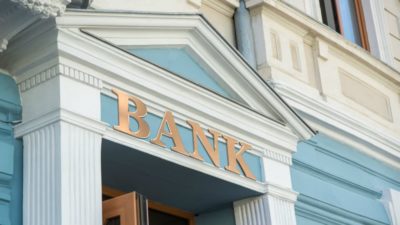Canadian retirees want to know how they can increase their earnings without putting OAS pension payments at risk of CRA clawbacks.
Pension recovery tax
The CRA puts a 15% OAS pension recovery tax on every dollar of net world income above a minimum threshold. In the the 2020 tax year, the bar is set at $79,054. Above this amount, the government gradually claws back OAS payments until net world income tops the maximum threshold of $128,137. The full OAS pension is recovered at that level.
It’s true that $79,000 is a dream annual retirement income for many people. It is definitely comfortable, but the after-tax amount is quickly used up, especially when people want to maintain a standard of living they enjoyed while working.
TFSA strategy
Retirees can avoid taxes and CRA clawbacks by holding income-generating investments inside a TFSA. The cumulative contribution space is now as high as $69,500 per person. That’s enough room to build a meaningful income portfolio.
The dividends paid out inside a TFSA are not taxed. In addition, the government does not count the withdrawal of the funds towards the net world income calculation.
Top stocks
The market crash of 2020 is scary. However, retirees finally have an opportunity to buy top-quality dividend stocks at cheap prices. The result is an increase in the dividend yield, and some of Canada’s best companies now provide above-average returns.
Let’s take a look at one dividend stock that appears oversold right now and might be an interesting pick for a diversified TFSA income fund.
Bank of Montreal
Bank of Montreal (TSX:BMO)(NYSE:BMO) paid its first dividend in 1829 and investors have received a part of the profits every year for nearly two centuries.
That’s a great track record.
Bank of Montreal primarily operates in Canada and the United States. Revenue comes from personal banking, commercial banking, capital markets, and wealth management activities.
The economic downturn caused by the coronavirus will hit all of Bank of Montreal’s segments. Missed payments and loan defaults will rise, especially in the near term. This will hit results in the coming months, and investors should anticipate ongoing volatility in the share price.
Upside?
Government aid is on the way for companies and workers, so that should reduce the negative impact. In addition, the Canadian government is buying $150 billion of mortgages from the country’s banks to provide additional capital to ensure the banks keep lending.
The near-term outlook is challenging, but an economic surge could be on the way in 2021. Low interest rates and aggressive fiscal stimulus measures in Canada and the U.S. should drive new economic growth. Bank of Montreal has a strong capital position with a CET1 ratio of 11.4%. This means it should have adequate capital to ride out the downturn.
At the time of writing, the stock trades at $66 per share compared to $100 in February. Investors who buy today can pick up a 6.3% dividend yield.
The bottom line
Bank of Montreal appears oversold and the dividend should be safe.
Many top stocks in the TSX Index are on sale right now, and an average 6% yield is possible with a basket of high-quality dividend stocks.
Investors with a $69,500 TFSA portfolio can generate $4,170 per year in tax-free income.










